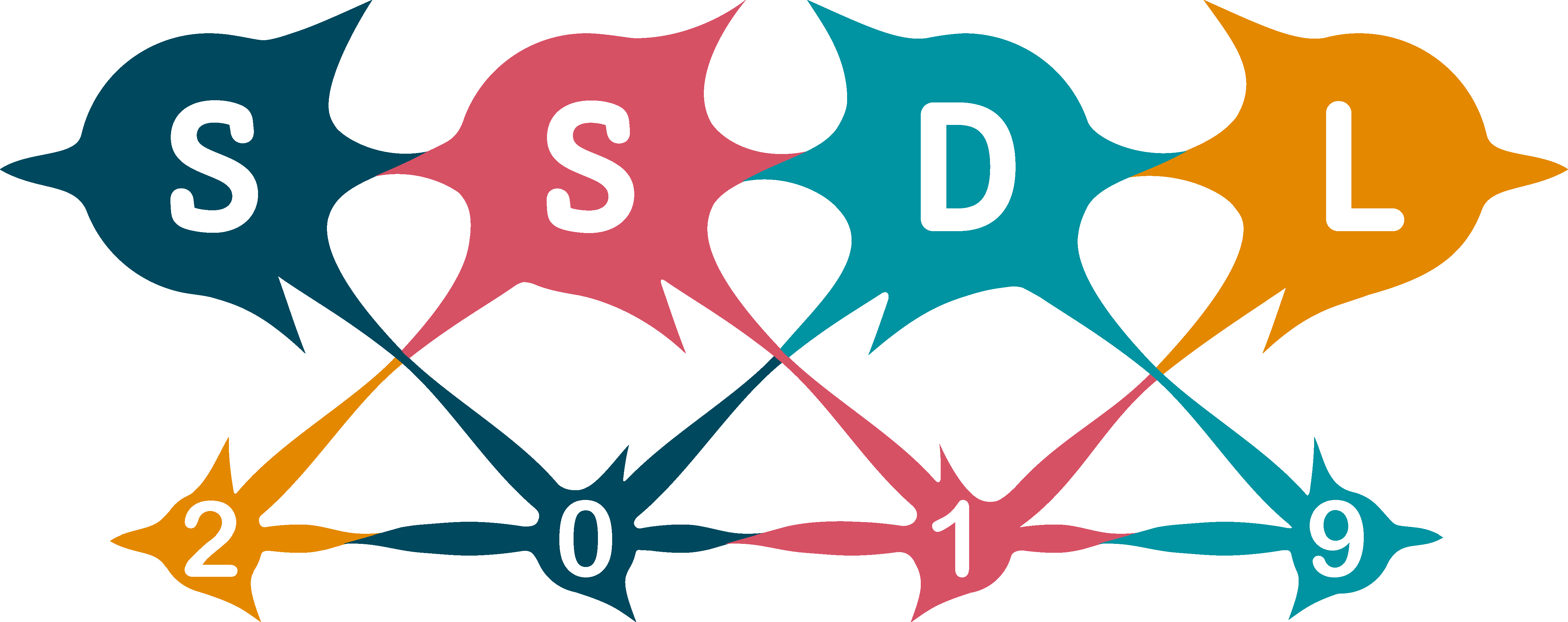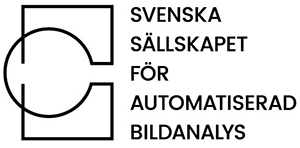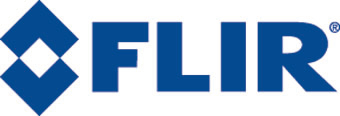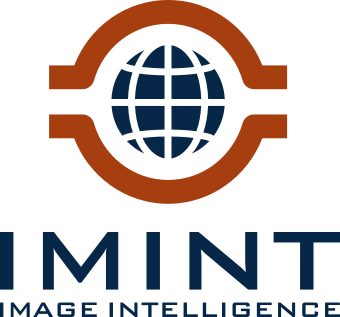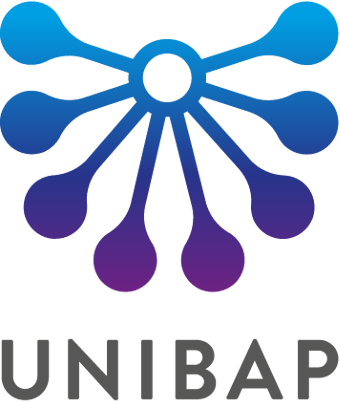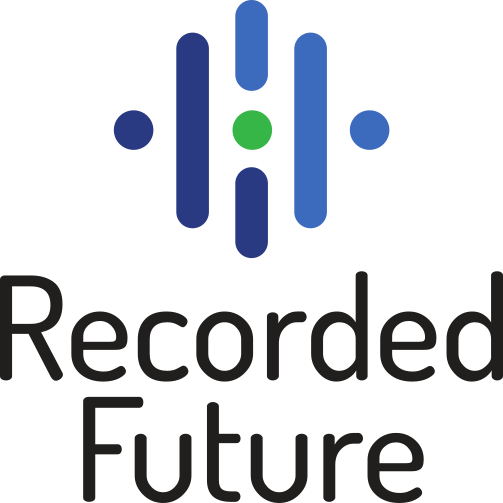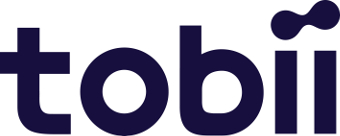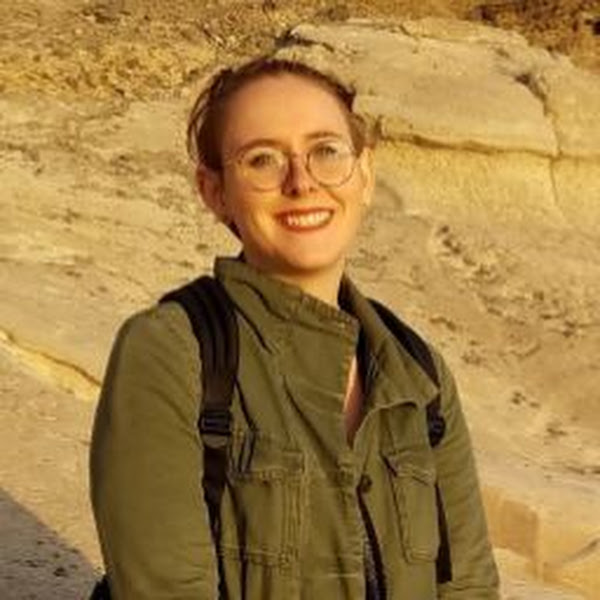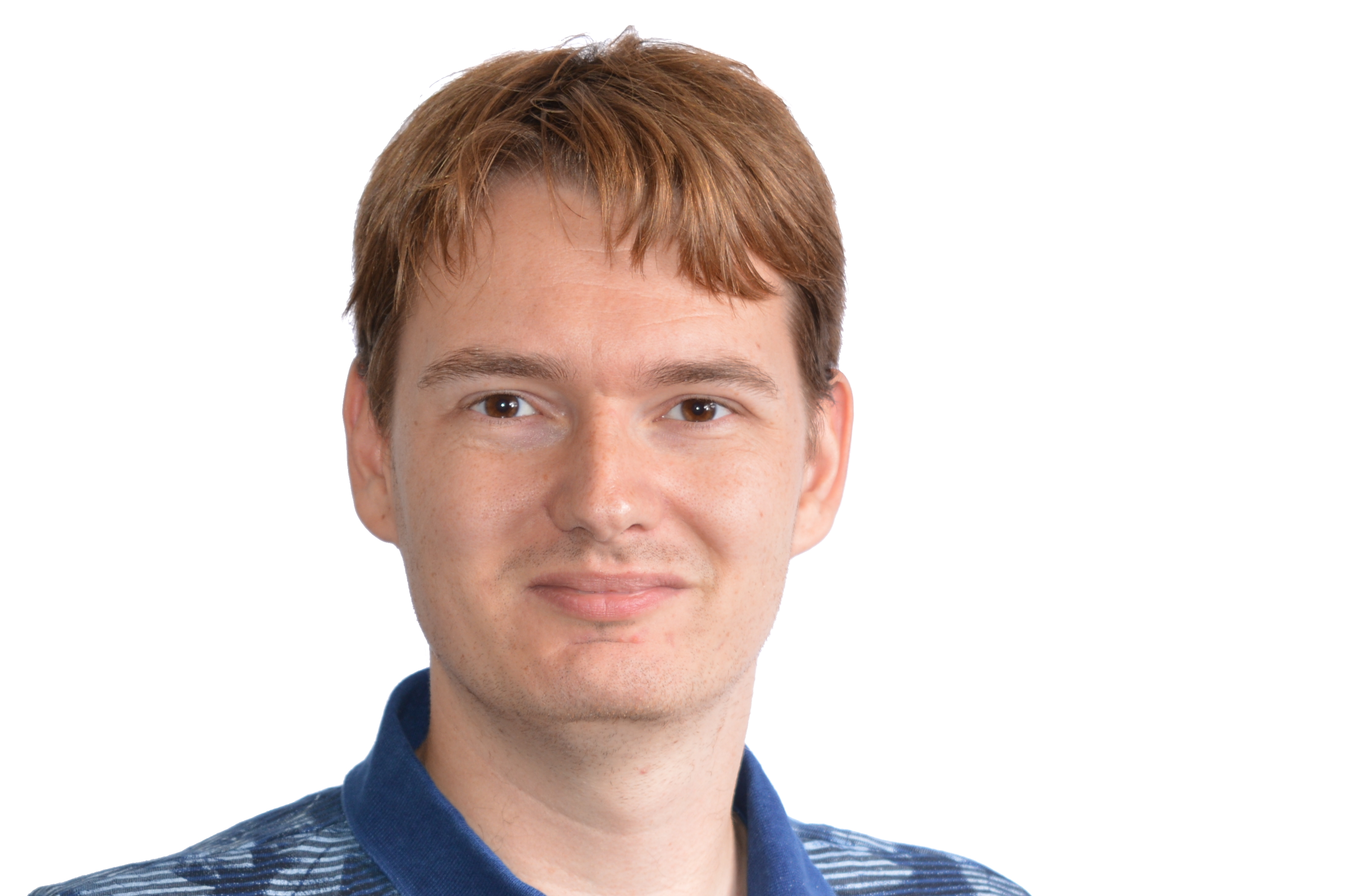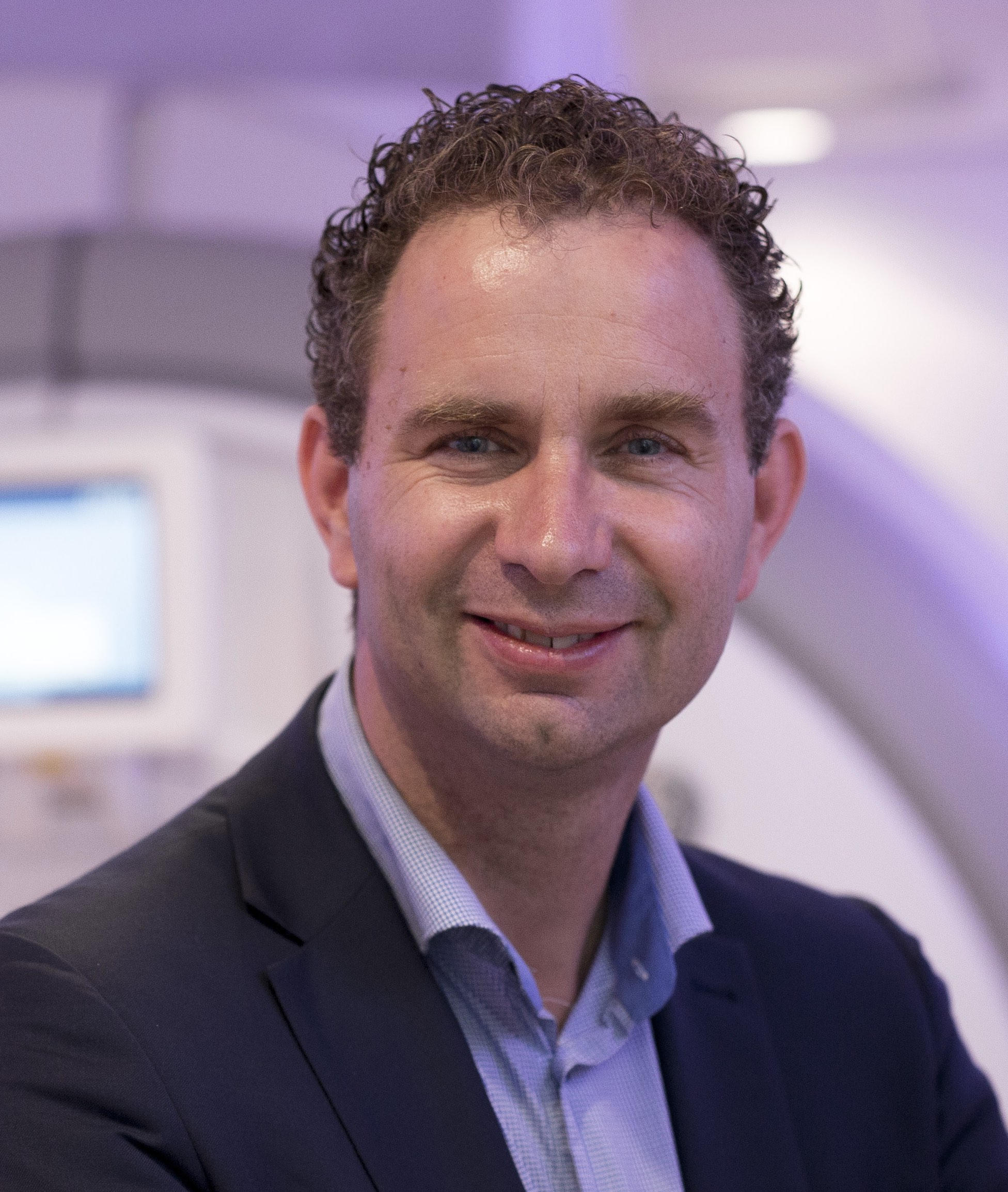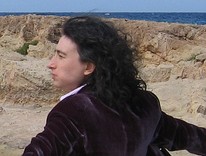The Third Swedish Symposium on Deep Learning (SSDL) takes place in Norrköping June 10-11 (lunch to lunch). The 2019 SSDL edition is arranged by the Swedish Society for Automated Image Analysis (SSBA). The symposium is co-located with the Scandinavian Conference on Image Analysis (SCIA19) which follows directly after the symposium.
The development and impact of deep learning in areas such as image processing and natural language processing have been huge for the past decades. SSDL is a forum for leading research groups in academia and industry to discuss the latest trends and developments in deep learning. SSDL19 in Norrköping will feature invited talks by leading researchers in deep learning applied to image processing and natural language processing, and oral and poster presentations of submitted abstracts.
Gold sponsors:
Vironova is a Swedish biotech company bringing new solutions to the field of sub-visible particle characterization. We provide imaging and analysis services, as well as software and instruments for this purpose. Vironova's core technology and expertise is electron microscopy combined with image analysis for detection and characterization of virus and other nano-sized particles and materials. Our main customer basis is working in the highly regulated and quality demanding pharmaceutical industry focusing on drug delivery, gene therapy and vaccine development. Our services are requested both in the R&D, quality control and production phases.
Visual Sweden is an initiative based in Östergötland, Sweden, oriented at promoting innovation and regional growth within the visualization and image analysis fields. Central actors are Region Östergötland, Linköpings Municipality, Norrköpings Municipality, Linköping University, several governmental institutions such as SMHI, NFC and FOI, as well as around 50 smaller, mid-sized and larger companies.
Silver sponsors:
FLIR Systems, Inc. designs, develops, manufactures, markets, and distributes technologies that enhance perception and awareness. We bring innovative sensing solutions into daily life through our thermal imaging, visible-light imaging, video analytics, measurement and diagnostic, and advanced threat detection systems.
Vidhance® by Imint is a video enhancement software platform that transforms a smartphone camera, or in fact, any type of camera into a professional film-making device. The features include Video Stabilization, Noise Reduction, Live Composer and many more high-profile enablers. Imint strives to make the best products possible and Vidhance® currently holds the high score for video stabilization on DxOMark. The products are enjoyed by 70+ million end-users, and smartphone manufacturers such as Huawei, Xiaomi, Oppo and Vivo rely on our products. The qualities of Vidhance® are just as applicable for other industries – drones, smart cameras, IoT or any other area where the camera serves as a key component.
Unibap provides innovative automation solutions on Earth and in space with a vision to create sustainability and better work environments. Unibap offer a range of digitalization services and products for smart plants in the areas of automated quality assurance and flexible automation together with partners like GE Digital, ABB and Intel Corp and customers such as Husqvarna Group and Epiroc. Many solutions leverage Deep Learning, computer vision, robotics, and automation to provide value information for digitized quality assurance, manufacturing process optimization, robot path planning and operations.
Sectra, originally a spin-off from Linköping University, is a world-leading innovator in IT for medical imaging and cybersecurity. Sectra has more than 600 employees and customers in over 60 countries. Current R&D spans across many computer science areas such as artificial intelligence and human-computer-interaction. The global corporate headquarters is in Linköping, Sweden.
Analytic Imaging Diagnostics Arena, AIDA, is a Swedish arena for research and innovation on AI for medical image analysis. Here, academia, healthcare and industry meet to translate AI technology into patient benefit. AIDA assists with financial support, technical resources and competence development. AIDA is an initiative within the Strategic innovation program Medtech4Health, jointly supported by VINNOVA, Formas and the Swedish Energy Agency.
Recorded Future's unique technology collects and analyzes vast amounts of data to deliver relevant cyber threat insights in real time. Our solution aggregates this rich intelligence with any other threat data sources, empowering security teams to collaborate on analysis and delivering intelligence wherever you need it most, including rapid integration with your existing security solutions. We use both machine learning and rule based systems for natural language processing and predictive analytics.
Working at Tobii means being at the heart of innovation. You get to work on really cool projects with passionate, knowledgeable and big-hearted colleagues from all around the world. We use technology to bring a voice to people with speech impairments, to understand human behavior and to revolutionize the way we interact with technology. Founded in 2001, Tobii is the world leader in Eye Tracking but we have only scratched the surface of the possibilities of Eye Tracking! Our headquarter is in Stockholm but we have 13 offices in Europe, North America and Asia where we work diligently to improve our Eye Tracking each and every day.
From factory automation to logistics automation and process automation, SICK is one of the leading sensor manufacturers. As a technology and market leader, SICK provides sensors and application solutions that create the perfect basis for controlling processes securely and efficiently, protecting individuals from accidents, and preventing damage to the environment.
